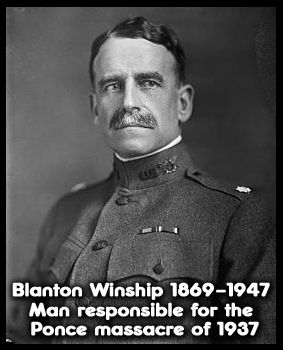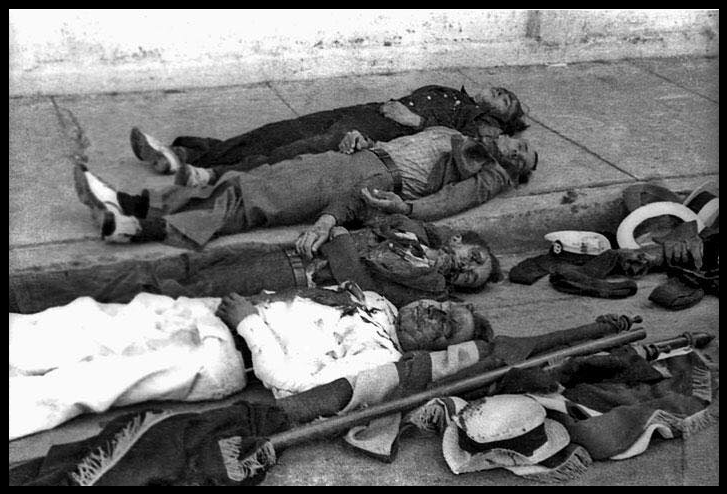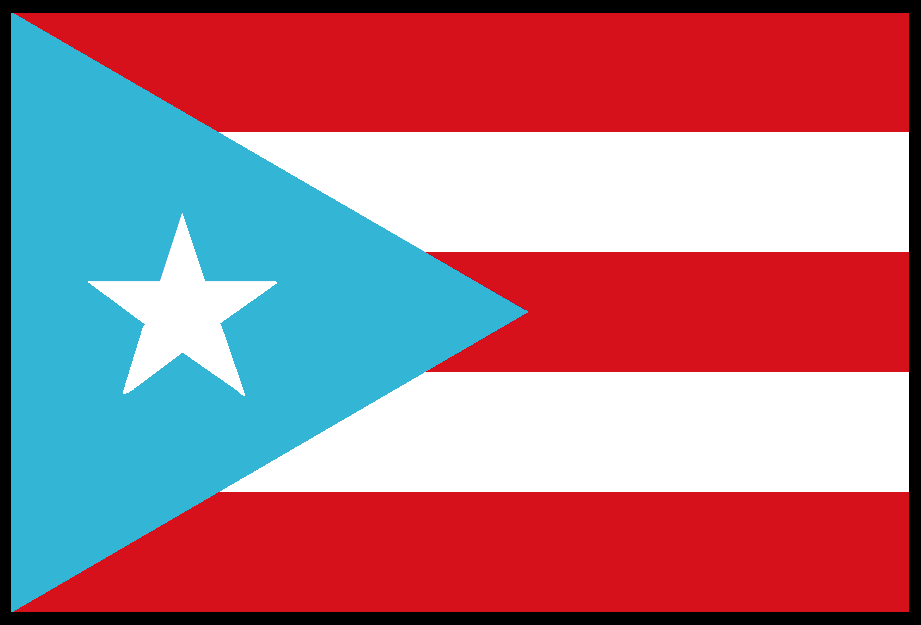By Carlos “Carlito” Rovira
The colonization of Puerto Rico began as a consequence of the Spanish-American War in 1898. Cuba, Guam, the Philippines and Puerto Rico were deemed as “spoils of war” — the result of Spain’s surrender to the United States. Puerto Rico was then colonized by a new tyrant. The island nation soon after became a staging ground for U.S. military ventures throughout the Caribbean and all of Latin America; a practice that continues to this day.
Throughout the history of the U.S. colonial presence in Puerto Rico outspoken advocates for independence have been the targets of Draconian measures. Members of the Nationalist Party lived under the constant threat of being blacklisted from employment, their homes firebombed, imprisonment, torture and being killed by the various repressive agencies.
U.S. colonial policy in Puerto Rico has always been administered with complete disregard for the wishes of the Puerto Rican people. It was precisely this disposition by the colonial rulers which brought about one of the most horrifying events in Puerto Rico’s history.
The Ponce Massacre
In the city of Ponce, a peaceful demonstration was planned for March 21, 1937. It was intended to commemorate the 1873 abolition of African chattel slavery in Puerto Rico and to demand the release of imprisoned Nationalist leader Dr. Pedro Albizu Campos.

Although permits were not required the organizers requested permission to have the event out of respect for the sympathetic mayor of Ponce. The organizers were granted a legal permit to proceed with their plans.
The notorious U.S. Army General Blanton Winship was appointed colonial governor by U.S. President Franklin D. Roosevelt. Despite the “progressive” and “liberal” projections made by bourgeois historians and apologists, Roosevelt was just as brutal as any colonizing head of state acting with impunity. Boricuas suffered tremendously under the FDR administration and Gen. Blanton Winship’s racist implementation of colonial policy.

Outright brutality through military rule was the preferred form of administering colonialism. Winship tried everything possible to stop the scheduled nationalist event, including using blatant gangster-type methods aimed to intimidate.
In this period of intense repression, the U.S. government, through Winship, sought to stamp out all nationalist sentiments and the self-identity of the colonized nation — especially its quest for independence and self-determination.
On that Palm Sunday morning, hundreds of people – women, children and men – gathered at the town plaza, in defiance of the colonial government’s wishes. Among those who assembled were women dressed in all white who gathered as Nurses of the Republic; the mostly youth comprised Cadets of the Republic — the para-military wing of the Nationalist Party was present in uniform, black shirts and white pants; church congregations and others also formed their contingents.

A Nationalist color guard in military formation unveiled the outlawed Puerto Rican flag. With clenched fists in the air, the crowd began to sing “La Borinqueña” — the original (revolutionary) version of the Puerto Rican national anthem, written by Lola Rodriguez De Tio.
At this point, the police had completely sealed off the area where the nationalist protest was gathering. With grenades, tear-gas bombs, carbine rifles and Tommy sub-machine guns, under the directions of Blanton Winship the police prepared for the bloody onslaught.
Once the crowd began to march, knowing that the mostly young participants were unarmed, the police did the unimaginable — they opened fire.

The barrage lasted about 13 minutes. The participants which included elderly and children helplessly attempted to escape the unexpected horror. People began to desperately run to save their lives from bullets flying everywhere. They screamed terrified witnessing the chaos and blood splattering bodies of compatriots who fell to the ground from gunshots wounds.
When the shooting ended, 21 people had been killed and over 200 wounded. The American Civil Liberties Union investigated the tragedy. It was concluded by forensic investigation that those who died were shot in the back. The event brought sadness and shock throughout Puerto Rico. The funeral procession for the martyrs was one of the largest in the country’s history — about 20,000 people attended.

The cruelty of the Ponce Massacre sheds light on the many heinous acts committed by the U.S. in Puerto Rico. Destruction, death, plunder and rape are the trademarks of colonialism. U.S. rulers perceive Puerto Ricans as expendable; let us not forget how modern times Washington officials allowed 4,743 Puerto Ricans to die from neglect, following the devastation of Hurricane Maria.
“It was love for the freedom of our homeland — Puerto Rico,” Nationalist iconic figure Doña Isabel Rosado once said, “that gave strength to the martyrs of Ponce. Nothing in this world is more powerful than this emotion — not even the guns of the colonial assassins.”
And it is precisely this emotion that worries U.S. colonialism even to this day — an emotion that will prove fatal to them when the Puerto Rican masses eventually rise up to avenge the Ponce Massacre.
Changing the form of colonial rule
The nationalist movement that rose up in the first half of the 20th Century compelled the U.S. colonizers to change their methods of subjugating the people of Puerto Rico. Long after the Ponce Massacre, decades later into the present day, the U.S. colonizers became more sophisticated in their methods of domination.
By 1952, Washington, DC allowed some semblances of democracy, in an attempt to fool the people with illusions of self-determination and to disguise the exploitative nature of the colonial relationship before the eyes of the world.

The U.S. colonizers developed such a confidence in their new tactics of colonizing that they became willing to allow individuals of Puerto Rican origin, like the notorious Luis Muñoz Marin, to serve on the highest levels of government — as in years later — the U.S. House of Representative and Supreme Court.
The rulers have no problem granting Puerto Ricans visibility — what they have problems with is granting Puerto Ricans political power, that is, the right to independence. And because freedom is never granted from the “goodness” of an oppressor, it will require a revolutionary mass movement to obtain it.
The U.S. empire is more vulnerable than what most people realize; it has brought on itself enemies in all parts of the globe. We should feel assured that Boricuas will rise up in rebellion and win the historical struggle for independence. On that glorious future moment Puerto Ricans will make their contribution to the worldwide defeat of U.S. imperialism.
QUE VIVA PUERTO RICO LIBRE!

straight ahead!
LikeLike